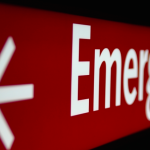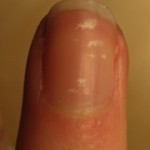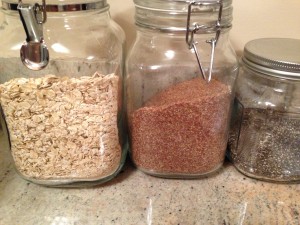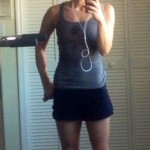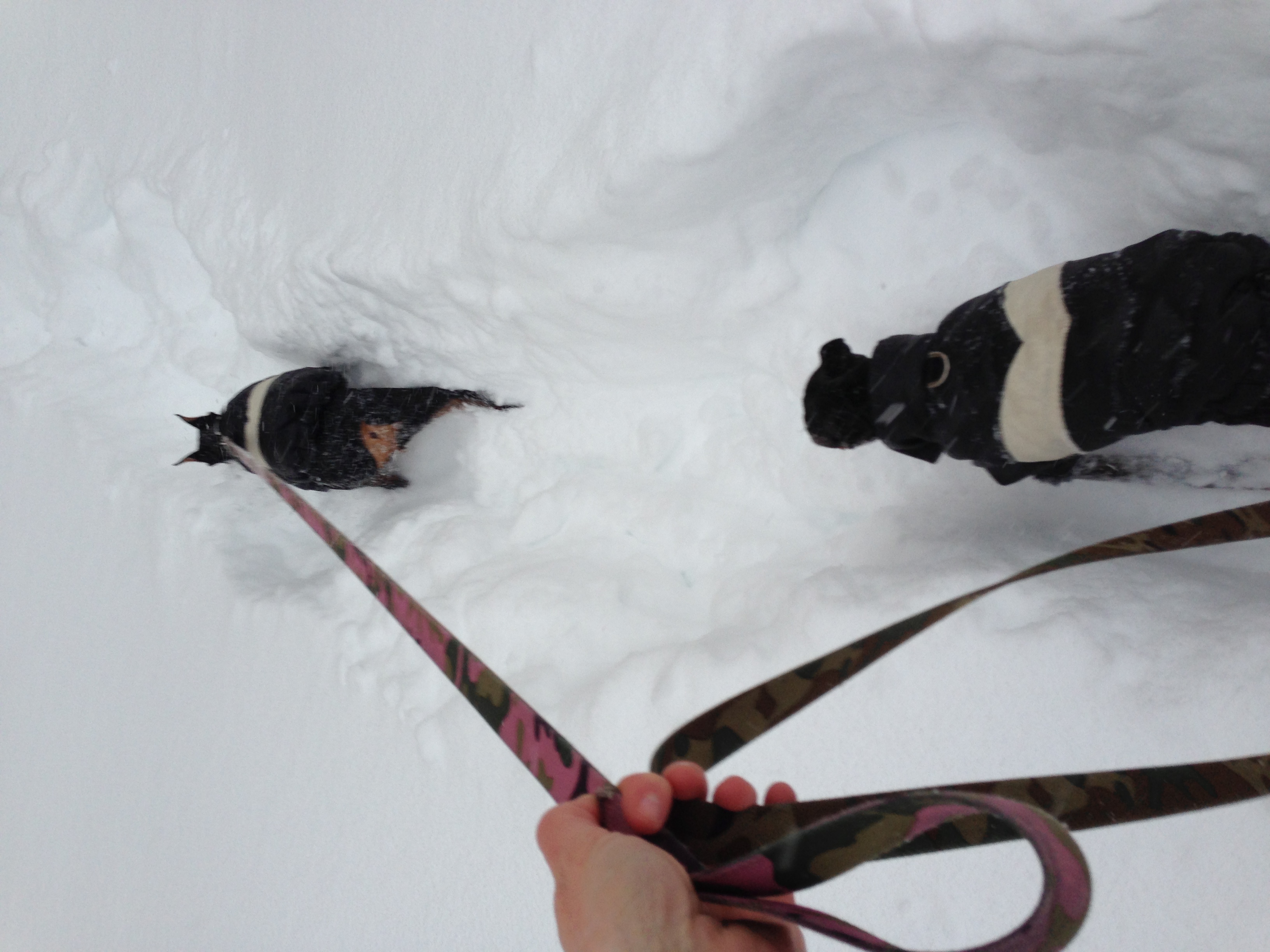My grandfather suffered from Parkinson’s Disease, and while we did all we could to keep him on the latest and greatest medications, he still had a rough path, which he navigated with grace, but he eventually succumbed to it. When he was suffering with the disease, very little was known about it, and even though there is no cure now, because it is in the public eye, thanks to the strength of Michael J. Fox along with many other celebrities who have chosen to talk about their experience with the disease, we have raised awareness, which has led to funding of tons of research, so we now know much more about the process, and ways to slow it. Despite people talking a lot about Parkinson’s, and roughly 7 to 10 million people worldwide with this disease, not many people know what it actually is, and if there is anything you can do before you even have any signs of the disease to prevent it.
 What is Parkinson’s Disease?
What is Parkinson’s Disease?
It is a chronic, progressive neurological disease, that decreases your muscle movement and gets progressively worse over time. It can start with very subtle symptoms like a hand tremor, stiffness in joints, or an inability to move muscles quickly. People with Parkinson’s tend to have very little or no facial expressions, and speech becomes slurred or very soft and mumbled. As the disease progresses, the symptoms become much worse, and as I said before, there is no cure, but there are medications that can treat the symptoms and slow progression. As well, there is new research being done all the time to find ways to slow the onset of the disease and possibly prevent it.
 What are the Symptoms?
What are the Symptoms?
Everyone’s disease progresses at a different rate, and the symptoms can start differently in everyone. For example, some people only experience symptoms on one side, and others are on both sides, some may shuffle first, while others pill roll or slur words. Plus, the symptoms can be subtle at first and not really noticeable, but if you experience any of the symptoms, you might want to talk to your healthcare professional (HCP) and find out what your risk might be. Some of the symptoms are:
Tremors: An uncontrolled trembling or shaking of your hands or limbs, also rubbing your forefinger and thumb together (known as “pill rolling”).
Changes in writing: Possibly due to the tremors or shaking, but people with Parkinson’s tend to change their writing style over time; it may become smaller and become more illegible.
Muscle stiffness: Can be painful, stiff muscles that some people might think is arthritis related. It can make daily activities difficult.
Slowed movements: With the progression of the disease, your ability to move becomes more and more impaired, and patients tend to shuffle when they walk, not picking up their feet because it becomes almost impossible to do so.
Speech Changes: Due to impaired muscle movement of the tongue and mouth muscles, speech can become slurred and mumbled, also you can lose your ability to fluctuate your voice because of loss of muscle movement in the throat.
Changes in posture and balance: Because of loss of muscle strength, your posture usually worsens and people become much more stooped over, which leads to changes in balance, and you can have trouble balancing, and feel like you are tipping or fall over more easily, which can be quite dangerous.
*All of these symptoms can lead to other problems such as depression, because people are noticing these changes and assuming they are aging or just due to difficulties with everyday movements. The loss of muscle movement can also lead to sexual dysfunction, with a decreased ability to perform AND a decreased sex drive. The bladder and GI tract are also controlled by muscles, so there can be a loss of bladder control and the slowed GI tract can lead to constipation. In the end stages of Parkinson’s there is also significant dementia that does not respond to medications, which is difficult for the patient and for the family members/loved ones, and make caring for them much more difficult.
Are there any Causes/Risk Factors?
Genetics: If you have a family member with Parkinson’s you may have the gene mutation that causes Parkinson’s. Unless you have numerous family members with the disease, then your risk is probably lower, but you should still watch for signs.
Age: Most people start to notice symptoms of the disease later in life, and the risk increases with age.
Environmental Factors: There is some theory that some toxins and various chemicals (herbicides) can lead to Parkinson’s.
Sex: Men are more likely to have Parkinson’s than women.
Unfortunately, it is not really clear what truly causes Parkinson’s, but there are many theories and this is an area that is being heavily researched. So, I am hoping that in the near future we will know more about what causes Parkinson’s.
How am I diagnosed?
There are no tests to determine if you have Parkinson’s, it is diagnosed based on your presentation, your past medical history, and the symptoms that you have. Sometimes HCPs will give you a medication, carbidopa-levodopa which is a medication that is used to improve symptoms related to inability to move muscles from Parkinson’s, and if your symptoms improve, then you are diagnosed as having Parkinson’s. I know, not the most scientific based diagnosis, but it is the only option we have at this point,
What are the Treatments?
There are many different medications used to treat the symptoms and help to slow progression of the disease, like carbidopa-levodopa, and they can be very helpful at off-setting the symptoms but the side effects of the drugs can be almost intolerable, and most of them have side effects of hallucinations, which can be scary for the patient and the family members around them. And for people who are unable to tolerate the medications, you can have a surgically implanted Deep Brain Stimulator (DBS) that pulsates specific parts of the brain to increase muscle movement such as sowed movements, tremors, etc, but it cannot usually offset issues with communication and cannot prevent the dementia. There are always risks from surgery such as bleeding, infection, stroke, brain damage, and death, but if you cannot tolerate medications, it may be your only option.
What can I do to Promote Wellness?
Since there are both balance and mobility issues, you may talk to your HCP about having an Occupational Therapist come to help you with various activities at home that are causing you problems; they can you with you to improve balance and hone in on alternative ways to do the activities that may work with the muscle strength that you have. Also, they can help you with assistive devices and to make sure that you are safe in your home, ensure things are off the floor so you won’t trip, suggest handrails for stability, etc. It is also really important to east a healthy diet full of fruits and veggies and fiber, to offset the constipation that can occur, along with lots of water.
There are also some alternative therapies that are suggested that can help you cope with the disease process, such as: massage, acupuncture, yoga, meditation, and Coenzyme Q10 supplements can improve muscle function (it is a fat soluble vitamin that is found in low levels in Parkinson’s patients.) There is new research suggests that cycling (riding a bike quickly) can help to improve muscle function, in patients with early Parkinson’s. Basically, it’s an “if you don’t use it, you lose it” type of theory; strengthen and utilize the muscles you have through exercise (the study was specifically done on cycling) and your symptoms will decrease as long as you consistently strength train. They are just starting to study the intensity of exercise needed to see results and other types of exercise that may be beneficial, as it is brand new research.
Is it Preventable?
At this point, no. We cannot prevent a disease that the true risk factors are not even known.
How do we live with this disease?
Living with Parkinson’s (or a loved one with Parkinson’s) can be difficult; there are times of depression and frustration, it is normal to be scared, feel exhausted, and just have days when you don’t know how to feel. The best way to cope with it is to talk about your feelings and what you are experiencing. There are also support groups that your HCP can set you up with so that you (or your loved ones) can find people to talk to about living with the disease. The Parkinson’s Disease Foundation (PDF) is also a great resource for those living with the disease and The Michael J. Fox Foundation is am amazing resource, that has a goal of finding a cure for the disease, and is actively and aggressively working towards that goal. The Michael J. Fox Foundation has funded over $300 Million to research to find a cure for Parkinson’s and they actively have 51 clinical trials on-going. Not only is it a great resource to learn more about the disease, it is also a place where you can learn how to become more active to also work towards finding a cure, and find resources for support and coping to help deal with the disease for you or a loved one.
It is not always easy having a disease that there is so much unknown about, the upside is that there is a ton of research currently going on, and there is an increased public knowledge. It is important to talk to your HCP if you think you are at risk or have any of the symptoms because early diagnosis and intervention is key. And even though it can be a struggle, there are people out there going through a similar situation, whether you have the disease or live with someone with it, so talk to others, appreciate your time together, and know when, as a caregiver you need a break. Be open and honest, and talk to your HCP, there may be studies you are eligible for, or various resources to assist with care and treatment.
Yours in Good Health
B


